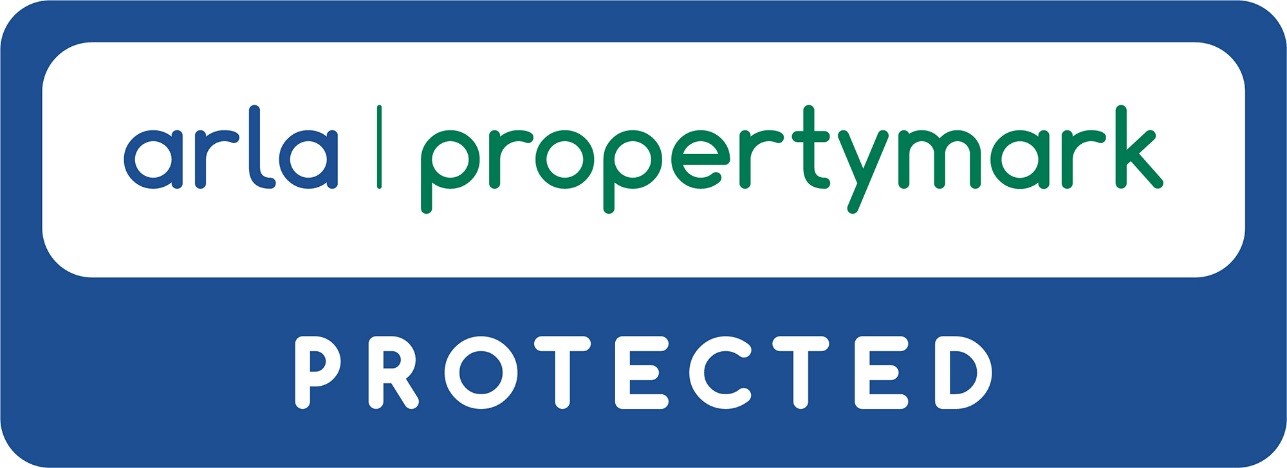The pro portion of households renting privately could surge to 7.2m by 2025, while the numbers categorised under the umbrella of Generation Rent will continue to rise substantially over the next decade. These are the main findings of a report by accountancy firm PwC, which also forecasts that home ownership levels will decrease from 68% to roughly 60% in the next ten years.
portion of households renting privately could surge to 7.2m by 2025, while the numbers categorised under the umbrella of Generation Rent will continue to rise substantially over the next decade. These are the main findings of a report by accountancy firm PwC, which also forecasts that home ownership levels will decrease from 68% to roughly 60% in the next ten years.
PwC expects house prices to rise by 5% a year, pushing the average house price in the UK up to approximately £360,000 by 2020. This, coupled with a shortage of housing supply and the difficulty involved in buyers cobbling together increasingly large deposits, means many people will be opting to rent privately for the long-term.
According to PwC’s report, a quarter of all households will privately rent by 2025, with more than half of those under 40 living in the private rented sector (PRS). A “clear majority” of those aged between 20 and 39 will be living in properties owned by private landlords within the next decade. This demographic, which includes many students, families with young children, creatives and young professionals, often enjoy the flexibility provided by renting for the long-term.
Young professionals in their twenties and thirties are more likely to move from job to job as their career progresses, particularly if they live in major cities like London, Birmingham, Manchester or Liverpool. They’ll appreciate rental properties that are close to city centres and good transport links, as well as being nearby to places with buzzing social scenes and many leisure/sporting opportunities.
Families with young children, too, enjoy the flexibility that renting can offer – they can move from, say, a smaller house to a larger house as their family expands. Not having the financial pressures of the costs associated with owning a house – such as a broken boiler or leaking pipe – would also no doubt have significant appeal. Generally speaking, families will be keen on rental properties with gardens, green space nearby and good local schools and amenities.
As for students, they make up a major part of the PRS in large university towns and cities. This isn’t going to change anytime soon as this demographic will nearly always rent during their studies – firstly, because they can’t afford to buy; secondly, because they appreciate the flexibility provided by rental properties. As a result, demand for student accommodation is always very high and landlords will have very few problems in getting tenants in place. Regular, stable rental income’s pretty much guaranteed for much of the year, which means good rental yields can be achieved.
The increasing strength, growth and resilience of the sector is, of course, excellent news for landlords. With sustained demand, the pool of prospective tenants for rental properties will be much larger. Crucially, this can reduce the chances of void periods. If investors and landlords buy in the right areas, there could be little issue with keeping those properties occupied for the long-term.
The continued expansion of the PRS is positive news for letting agents, as the volume of potential landlords grows.

